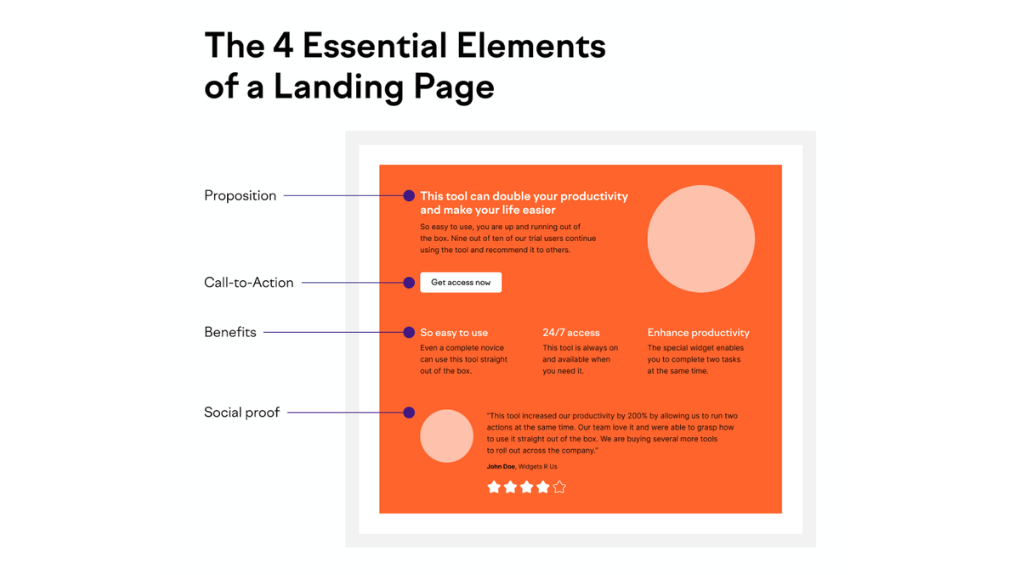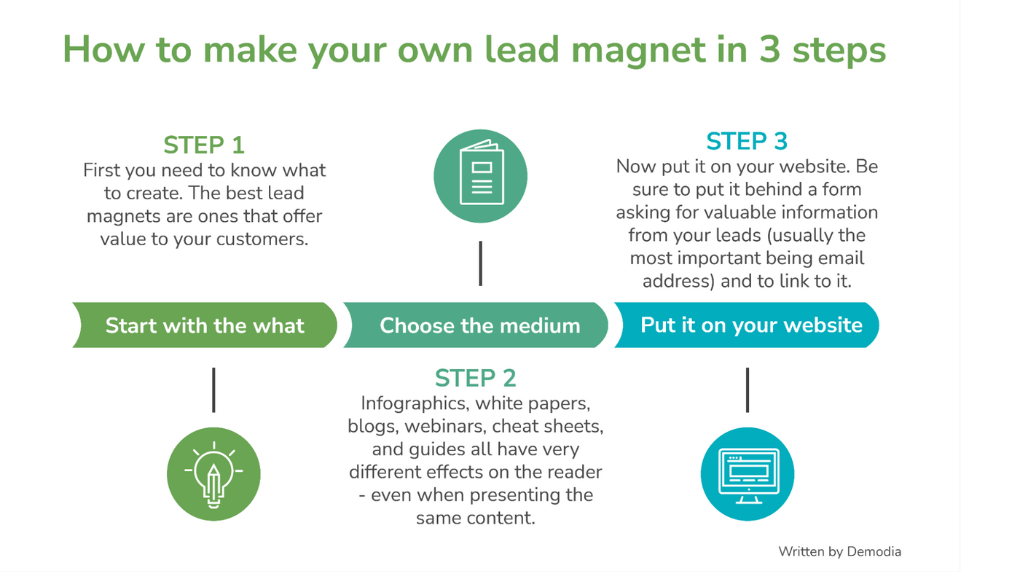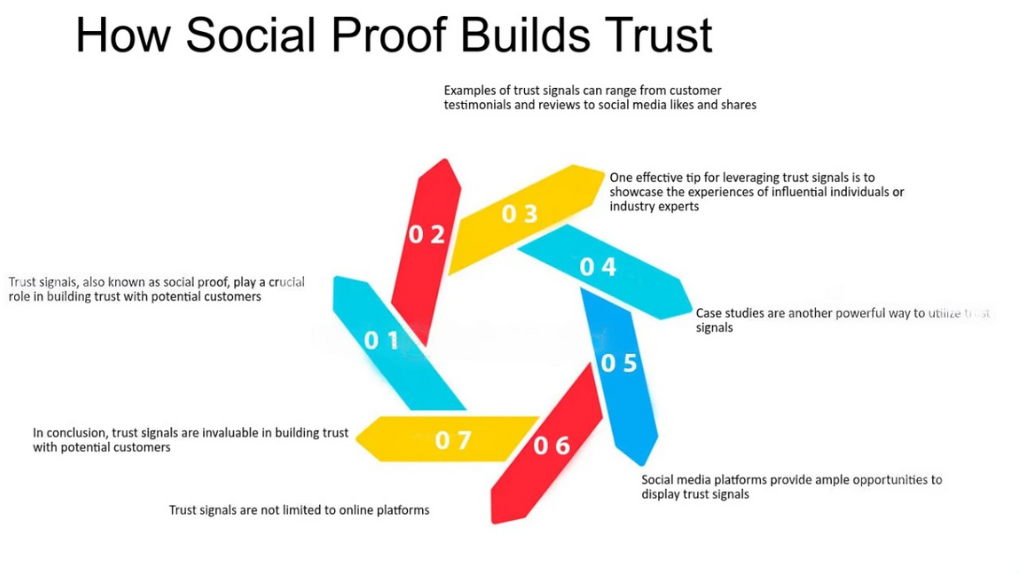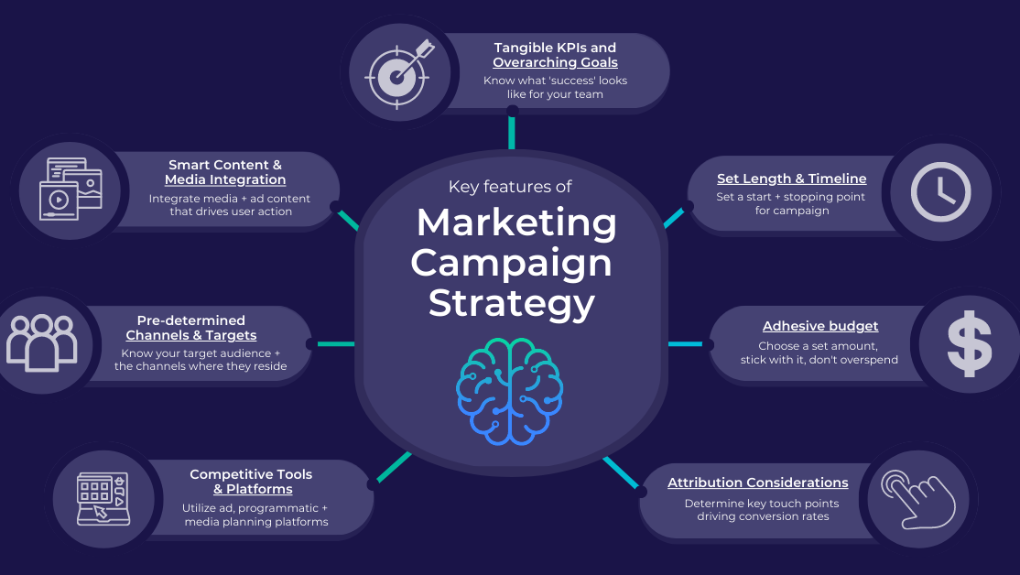10 Ways to Capture Leads with Landing Pages
As the online environment is constantly changing, capturing leads is essential for every business looking to grow and convert potential customers.
One of the most effective tools for lead generation is a well-optimized landing page.
Different from typical web pages, landing pages are designed with a primary focus: to drive conversions by encouraging visitors to take specific actions, such as signing up for a newsletter or requesting a demo.
What sets a successful landing page apart is its ability to resonate with the visitor’s immediate needs while offering something valuable in return.
It’s not just about having the right content; the page should be visually appealing, fast-loading, and aligned with the customer journey.
Each element—from the headline to the call-to-action—should work together seamlessly to guide the user toward conversion. Without this approach, even the most compelling offer may go unnoticed.
Whether you're new to landing pages or looking to update your approach, these tips will help you to create pages that convert visitors into valuable leads.
What is a Landing Page?
A landing page, also known as a lead capture page, is a dedicated web page created with the primary goal of collecting user information, such as email addresses or contact details.
It typically includes a form where visitors are asked to submit their information in exchange for something valuable—such as a free eBook, access to a webinar, a discount code, or another incentive.
It acts as the first point of interaction between your brand and potential leads, making them an essential tool for building trust.
By presenting a clear and focused message, they guide visitors through a simplified process, removing any barriers to conversion.
Unlike general web pages, landing pages are purpose-built to maximize engagement and minimize distractions.
Their concise design ensures that the user is encouraged to take the desired action without feeling overwhelmed by too much information.
The purpose of the landing page is to convert visitors into leads by offering them a compelling reason to provide their details, making it a key component in any lead generation strategy.
Top 10 Ways to Capture Leads Through Landing Page
Landing pages are essential tools for capturing email leads and converting visitors into subscribers or potential customers.
By focusing on specific elements of a landing page, businesses can optimize these pages to maximize lead generation.
Below, we'll understand the 10 best ways to capture email leads effectively using landing pages.
1. Clear and compelling headline
The headline is the first thing visitors see, and it plays a critical role in determining whether they will stay on the page or bounce.
A strong headline grabs attention, piques curiosity, and conveys the value proposition immediately.
In a world where attention spans are shorter than ever, the headline must cut through the noise and appeal directly to the user's needs or pain points.
A well-optimized headline not only captures interest but also sets the tone for the entire landing page.
It should clearly communicate the benefit or solution your product or service offers, making the value obvious at a glance.
It also establishes trust and relevance, reassuring the visitor that they’re in the right place.
Whether it’s through emotional appeal, urgency, or addressing a specific problem, a well-crafted headline is crucial in driving engagement and encouraging the user to take the next step towards conversion. You could also use an AI copywriter to create high quality headlines and copy for you.
2. Offer a valuable lead magnet
A lead magnet is a free resource or offer that entices visitors to exchange their email address for something valuable.
Lead magnets serve as the bait in your lead generation strategy. They not only help capture emails but also build trust and authority with your audience by offering something useful.
To make the lead magnet truly irresistible, it should solve a specific problem or meet an immediate need your audience has.
Whether it's a detailed guide, a free trial, or a discount code, the perceived value must be high enough to make visitors feel like they’re getting more than they’re giving.
Regularly updating your lead magnets to keep them fresh and relevant ensures continued engagement with different audience segments.
Lead magnets can also be tailored to specific customer segments, ensuring that the offer resonates with their needs and preferences, which increases the likelihood of conversions.
The perceived value of the lead magnet should be high enough to make visitors feel that sharing their contact details is worth the exchange.
3. Use a simple and clear call-to-action (CTA)
The Call-to-Action (CTA) is the button or link that prompts the user to take action—such as submitting their email.
An optimized CTA can be the difference between a conversion and a missed opportunity. If the CTA is unclear or buried in the design, users may lose interest and leave without completing the desired action.
To enhance its effectiveness, the CTA should stand out visually, using contrasting colors and bold text to catch the visitor’s attention.
The language used should be action-oriented and direct, such as “Get Your Free Guide” or “Start Your Free Trial Now,” making it clear what the user will gain.
Positioning the CTA strategically on the page, such as above the fold, can also significantly increase engagement and lead captures.
Lead magnets can be adjusted to a specific customer segment, ensuring that the offer resonates with their needs and preferences, which increases the likelihood of conversions.
The perceived value of the lead magnet should be high enough to make visitors feel that sharing their contact details is worth the exchange.
4. Keep the form easy
When capturing email leads, it's essential to reduce the friction of the form-filling process.
Only ask for the bare minimum—typically, the user’s name and email address. The more fields you ask users to fill out, the lower your conversion rate tends to be.
To further increase usability, ensure that the form is visually simple and easy to complete.
Use auto-fill features when possible to reduce effort, and make sure error messages are clear and helpful if users miss a required field.
Placing the form above the fold, where it’s visible without scrolling, can increase the likelihood of quick action.
Keeping the form short and easy encourages more visitors to complete it, boosting your lead generation efforts.
A streamlined form creates less resistance for the user. Visitors are more likely to submit their information when the process is quick and hassle-free.
By eliminating unnecessary fields, you reduce potential frustration and increase the likelihood of conversions.
5. Optimize for mobile
With the majority of users accessing websites via mobile devices, optimizing your landing page for mobile is critical.
A responsive design ensures that the page looks and functions well on any device, providing a seamless experience.
To optimize your landing page for mobile users, focus on easy navigation, ensuring that visitors can effortlessly interact with buttons and forms on smaller screens.
Additionally, fast load times are crucial; by compressing images and code, you can improve loading speeds, reducing the likelihood of users bouncing due to slow performance.
Mobile users expect quick results, and even a slight delay can lead to high bounce rates.
Testing your landing page's performance on various mobile devices and networks is also key to ensuring a smooth user experience across different conditions.
By optimizing for mobile, you can capture leads from users who browse on their phones or tablets, broadening your reach and conversion potential.
6. Social proof and trust signals
Social proof is the concept that people are more likely to engage with something if they see that others have already done so.
This could include customer testimonials, reviews, or endorsements from reputable sources.
Social proof builds trust, which is crucial when asking visitors to share their personal information.
To increase credibility on your landing page, consider incorporating customer testimonials that showcase positive feedback from satisfied clients.
Displaying these testimonials not only highlights the value of your offerings but also fosters trust among potential leads.
Additionally, utilizing trust badges by showcasing logos of reputable brands you've collaborated with or displaying security certifications, such as “SSL Secure,” can further reinforce confidence in your business.
When potential leads see that others are engaging with your product or service, they are more likely to feel comfortable doing the same.
7. A/B Testing your landing page
A/B testing involves creating two versions of a landing page (or specific elements) and testing them against each other to see which performs better.
By testing variations of headlines, CTAs, or even images, you can determine which elements drive the highest conversion rates.
When it comes to optimizing your landing page, there are several key elements you should test to enhance its effectiveness.
Consider your CTAs—try out various phrasing, colors, or placements to see what drives more conversions.
Another important aspect to test is form lengths; evaluate the impact of reducing or adding fields to your forms to find the optimal balance that encourages users to submit their information.
Testing the placement of testimonials, social proof, or trust badges can show whether they influence conversions in different areas of the page.
By implementing A/B testing for these components, you can ensure that your landing page continuously improves, ultimately leading to better performance and higher conversion rates over time.
8. Customize the user experience
Enhancing engagement and boosting conversion rates can be achieved by making the landing page feel personalized to the individual visitor.
When the content feels relevant and customized, it shows users that you’ve taken the time to craft an experience just for them, fostering a sense of connection and trust.
You can segment visitors based on their previous interactions with your brand—such as past purchases or page views—to deliver targeted content that meets their specific interests and needs.
By adding dynamic content that changes based on user behavior, such as displaying products similar to those they’ve previously browsed in clothes manufacturing, you can also enhance personalization.
Furthermore, you might embed Instagram feed on website to display authentic and engaging content in real time. This will help you make your brand more relatable to website visitors.
Also, you can consider using location-based personalization to offer region-specific promotions or information, making the experience even more relevant.
By implementing these personalized strategies in the clothes manufacturing sector, you not only increase user satisfaction but also foster deeper relationships that can lead to higher conversion rates and long-term loyalty.
There are many ways to personalize landing pages based on the data you have available.
This might include the visitor’s name, their company or industry (especially for B2B), their role, the device they’re using, or even tailoring messaging based on the specific ad or campaign that brought them to the page.
9. Use scarcity or urgency tactics
Incorporating scarcity and urgency tactics into your landing page can significantly enhance lead capture by tapping into powerful psychological principles.
Scarcity leverages the idea that limited availability can increase perceived value; when people believe something is in short supply, they are more likely to want it.
Urgency, on the other hand, creates a sense of immediate need, prompting users to take action quickly to avoid missing out.
Effective strategies for implementing these tactics include using countdown timers to indicate how long an offer will last or displaying limited-time discounts that compel visitors to act fast.
For instance, a countdown timer that shows a promotion expiring in a few hours can create a sense of urgency that encourages users to complete their sign-up before time runs out.
Moreover, using social proof to show how many people have already signed up or purchased can enhance the urgency, making visitors feel that they might miss out on something valuable if they delay their decision.
10. Define Your Target Market and Campaign Goals
Before considering any marketing initiative, it's important to clearly identify the target audience.
To effectively define your target market, conduct thorough research to understand their preferences, behaviors, and pain points. This helps to tailor your campaigns more effectively.
After building a list of leads, your primary goal should be to nurture these relationships. This can be achieved by providing valuable content and hosting events that guide them toward becoming customers.
Regularly analyzing campaign performance against your goals will also help refine your strategy, ensuring that your efforts are effectively converting leads into loyal customers.
Many believe that once a customer is acquired, there’s no need for further marketing.
However, inactive customers may require re-engagement. Your objective could be to reawaken their interest through exposure to new content or product demonstrations that encourage them to become active again.
After building a list of leads, your primary goal should be to nurture these relationships.
This can be achieved by providing valuable content and hosting events that guide them toward becoming customers.
Conclusion
We can assure you that incorporating these strategies into your landing pages will significantly enhance your ability to capture email leads.
By creating a clear headline, offering a valuable lead magnet, simplifying the form, and optimizing the overall user experience (including for mobile), you set the stage for higher conversion rates.
Integrating social proof, such as testimonials and trust badges, can build credibility and encourage visitors to share their information.
Regularly analyzing and refining your landing pages through A/B testing and personalization can lead to continuous improvement in performance.
An important point to consider here is that the key to successful lead generation lies not only in attracting visitors but also in nurturing and engaging them over time.
By implementing these practices, one can not only improve your lead generation efforts but also foster lasting relationships with potential customers, setting the foundation for future conversions and business growth.








